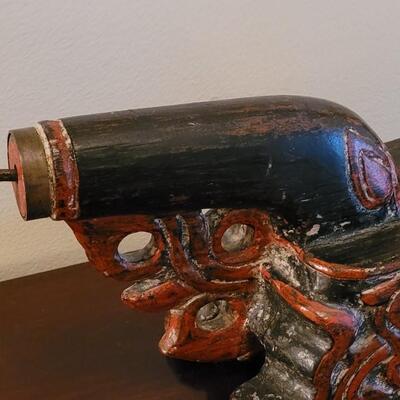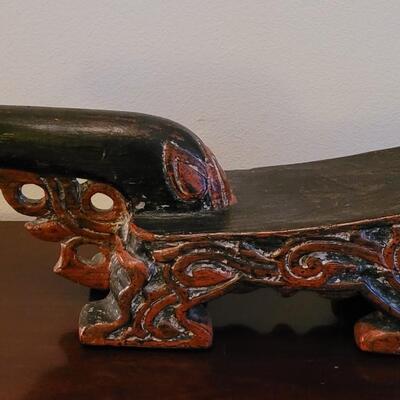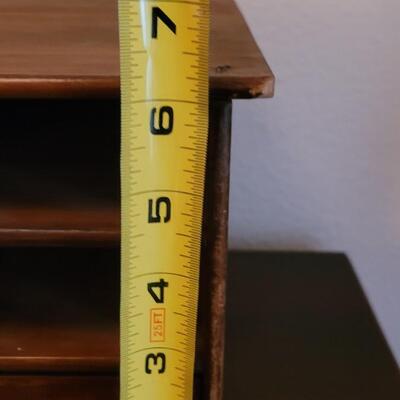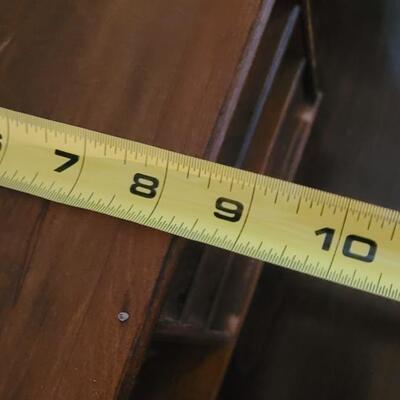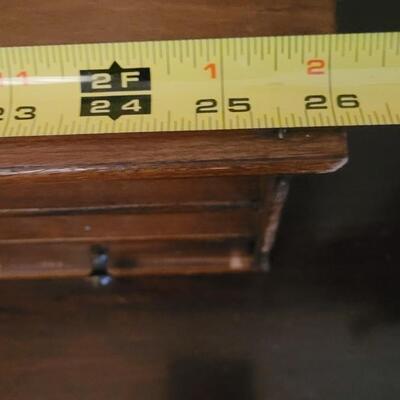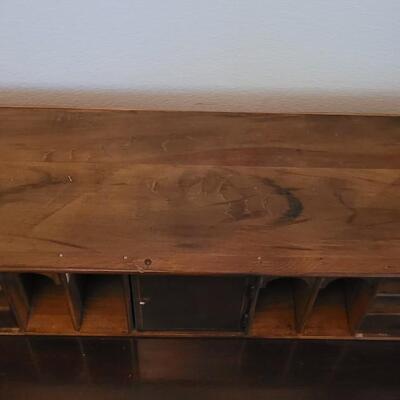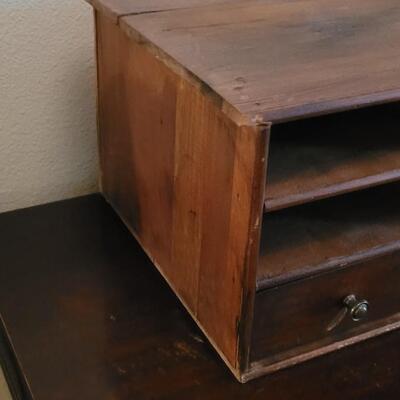-
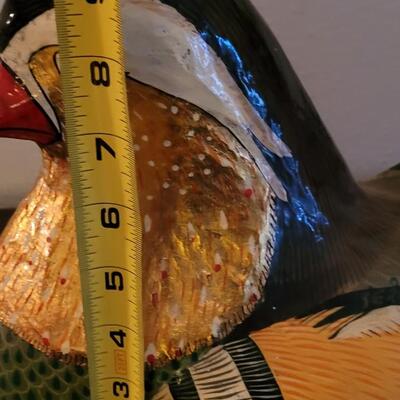
Mexican Folk Art Excerpt: CartonerÃa or papier-mâché sculptures are a traditional handcraft in Mexico. The papier-mâché works are also called "carton piedra" (rock cardboard) for the rigidness of the final product.[1] These sculptures today are generally made for certain yearly celebrations, especially for the Burning of Judas during Holy Week and various decorative items for Day of the Dead. However, they also include piñatas, mojigangas, masks, dolls and more made for various other occasions. There is also a significant market for collectors as well. Papier-mâché was introduced into Mexico during the colonial period, originally to make items for church. Since then, the craft has developed, especially in central Mexico. In the 20th century, the creation of works by Mexico City artisans Pedro Linares and Carmen Caballo Sevilla were recognized as works of art with patrons such as Diego Rivera. The craft has become less popular with more recent generations, but various government and cultural institutions work to preserve it. 703 / 2223 -
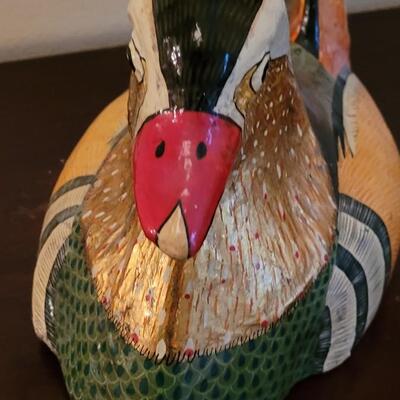
Mexican Folk Art Excerpt: CartonerÃa or papier-mâché sculptures are a traditional handcraft in Mexico. The papier-mâché works are also called "carton piedra" (rock cardboard) for the rigidness of the final product.[1] These sculptures today are generally made for certain yearly celebrations, especially for the Burning of Judas during Holy Week and various decorative items for Day of the Dead. However, they also include piñatas, mojigangas, masks, dolls and more made for various other occasions. There is also a significant market for collectors as well. Papier-mâché was introduced into Mexico during the colonial period, originally to make items for church. Since then, the craft has developed, especially in central Mexico. In the 20th century, the creation of works by Mexico City artisans Pedro Linares and Carmen Caballo Sevilla were recognized as works of art with patrons such as Diego Rivera. The craft has become less popular with more recent generations, but various government and cultural institutions work to preserve it. 704 / 2223 -
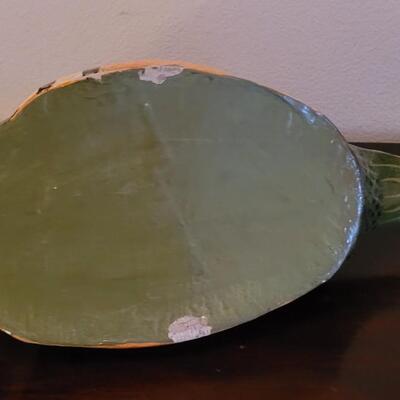
Mexican Folk Art Excerpt: CartonerÃa or papier-mâché sculptures are a traditional handcraft in Mexico. The papier-mâché works are also called "carton piedra" (rock cardboard) for the rigidness of the final product.[1] These sculptures today are generally made for certain yearly celebrations, especially for the Burning of Judas during Holy Week and various decorative items for Day of the Dead. However, they also include piñatas, mojigangas, masks, dolls and more made for various other occasions. There is also a significant market for collectors as well. Papier-mâché was introduced into Mexico during the colonial period, originally to make items for church. Since then, the craft has developed, especially in central Mexico. In the 20th century, the creation of works by Mexico City artisans Pedro Linares and Carmen Caballo Sevilla were recognized as works of art with patrons such as Diego Rivera. The craft has become less popular with more recent generations, but various government and cultural institutions work to preserve it. 705 / 2223 -
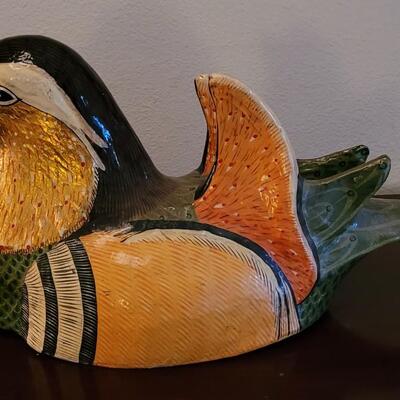
Mexican Folk Art Excerpt: CartonerÃa or papier-mâché sculptures are a traditional handcraft in Mexico. The papier-mâché works are also called "carton piedra" (rock cardboard) for the rigidness of the final product.[1] These sculptures today are generally made for certain yearly celebrations, especially for the Burning of Judas during Holy Week and various decorative items for Day of the Dead. However, they also include piñatas, mojigangas, masks, dolls and more made for various other occasions. There is also a significant market for collectors as well. Papier-mâché was introduced into Mexico during the colonial period, originally to make items for church. Since then, the craft has developed, especially in central Mexico. In the 20th century, the creation of works by Mexico City artisans Pedro Linares and Carmen Caballo Sevilla were recognized as works of art with patrons such as Diego Rivera. The craft has become less popular with more recent generations, but various government and cultural institutions work to preserve it. 706 / 2223 -
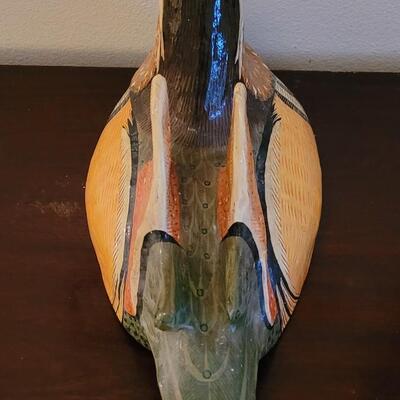
Mexican Folk Art Excerpt: CartonerÃa or papier-mâché sculptures are a traditional handcraft in Mexico. The papier-mâché works are also called "carton piedra" (rock cardboard) for the rigidness of the final product.[1] These sculptures today are generally made for certain yearly celebrations, especially for the Burning of Judas during Holy Week and various decorative items for Day of the Dead. However, they also include piñatas, mojigangas, masks, dolls and more made for various other occasions. There is also a significant market for collectors as well. Papier-mâché was introduced into Mexico during the colonial period, originally to make items for church. Since then, the craft has developed, especially in central Mexico. In the 20th century, the creation of works by Mexico City artisans Pedro Linares and Carmen Caballo Sevilla were recognized as works of art with patrons such as Diego Rivera. The craft has become less popular with more recent generations, but various government and cultural institutions work to preserve it. 707 / 2223 -
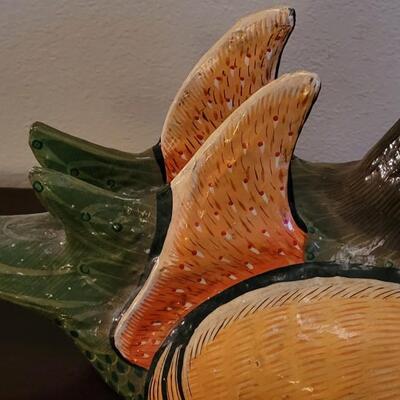
Mexican Folk Art Excerpt: CartonerÃa or papier-mâché sculptures are a traditional handcraft in Mexico. The papier-mâché works are also called "carton piedra" (rock cardboard) for the rigidness of the final product.[1] These sculptures today are generally made for certain yearly celebrations, especially for the Burning of Judas during Holy Week and various decorative items for Day of the Dead. However, they also include piñatas, mojigangas, masks, dolls and more made for various other occasions. There is also a significant market for collectors as well. Papier-mâché was introduced into Mexico during the colonial period, originally to make items for church. Since then, the craft has developed, especially in central Mexico. In the 20th century, the creation of works by Mexico City artisans Pedro Linares and Carmen Caballo Sevilla were recognized as works of art with patrons such as Diego Rivera. The craft has become less popular with more recent generations, but various government and cultural institutions work to preserve it. 708 / 2223 -
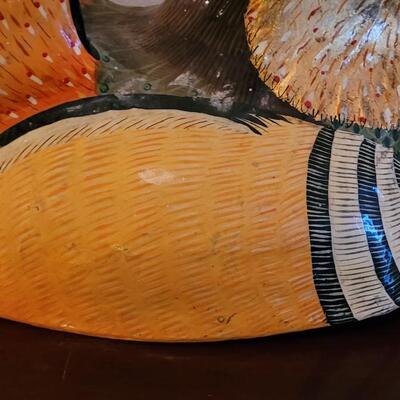
Mexican Folk Art Excerpt: CartonerÃa or papier-mâché sculptures are a traditional handcraft in Mexico. The papier-mâché works are also called "carton piedra" (rock cardboard) for the rigidness of the final product.[1] These sculptures today are generally made for certain yearly celebrations, especially for the Burning of Judas during Holy Week and various decorative items for Day of the Dead. However, they also include piñatas, mojigangas, masks, dolls and more made for various other occasions. There is also a significant market for collectors as well. Papier-mâché was introduced into Mexico during the colonial period, originally to make items for church. Since then, the craft has developed, especially in central Mexico. In the 20th century, the creation of works by Mexico City artisans Pedro Linares and Carmen Caballo Sevilla were recognized as works of art with patrons such as Diego Rivera. The craft has become less popular with more recent generations, but various government and cultural institutions work to preserve it. 709 / 2223 -
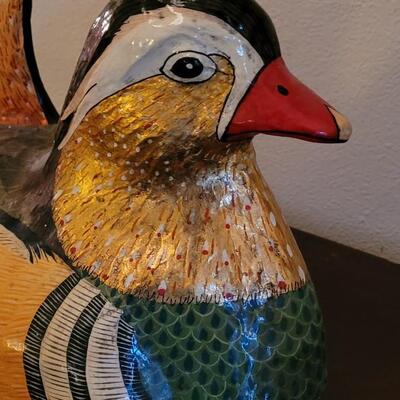
Mexican Folk Art Excerpt: CartonerÃa or papier-mâché sculptures are a traditional handcraft in Mexico. The papier-mâché works are also called "carton piedra" (rock cardboard) for the rigidness of the final product.[1] These sculptures today are generally made for certain yearly celebrations, especially for the Burning of Judas during Holy Week and various decorative items for Day of the Dead. However, they also include piñatas, mojigangas, masks, dolls and more made for various other occasions. There is also a significant market for collectors as well. Papier-mâché was introduced into Mexico during the colonial period, originally to make items for church. Since then, the craft has developed, especially in central Mexico. In the 20th century, the creation of works by Mexico City artisans Pedro Linares and Carmen Caballo Sevilla were recognized as works of art with patrons such as Diego Rivera. The craft has become less popular with more recent generations, but various government and cultural institutions work to preserve it. 710 / 2223 -
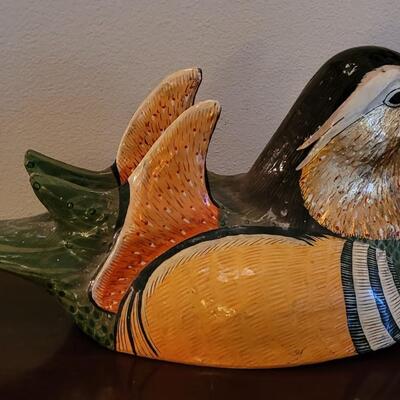
Mexican Folk Art Excerpt: CartonerÃa or papier-mâché sculptures are a traditional handcraft in Mexico. The papier-mâché works are also called "carton piedra" (rock cardboard) for the rigidness of the final product.[1] These sculptures today are generally made for certain yearly celebrations, especially for the Burning of Judas during Holy Week and various decorative items for Day of the Dead. However, they also include piñatas, mojigangas, masks, dolls and more made for various other occasions. There is also a significant market for collectors as well. Papier-mâché was introduced into Mexico during the colonial period, originally to make items for church. Since then, the craft has developed, especially in central Mexico. In the 20th century, the creation of works by Mexico City artisans Pedro Linares and Carmen Caballo Sevilla were recognized as works of art with patrons such as Diego Rivera. The craft has become less popular with more recent generations, but various government and cultural institutions work to preserve it. 711 / 2223 -
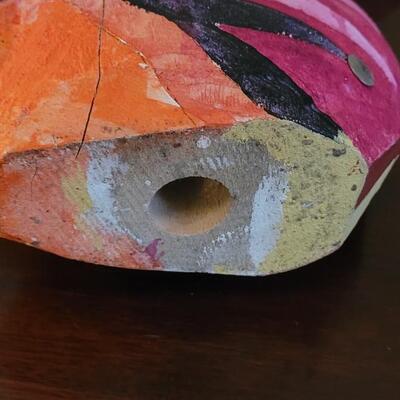
Unsigned piece of Barbara's work 712 / 2223 -

Unsigned piece of Barbara's work 713 / 2223 -

Unsigned piece of Barbara's work 714 / 2223 -
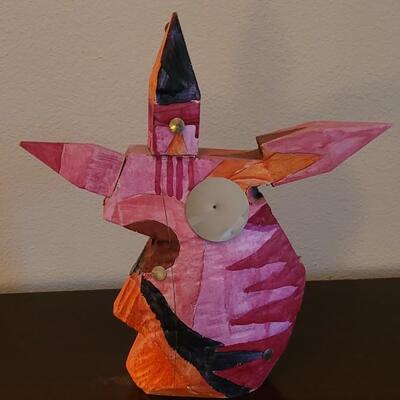
Unsigned piece of Barbara's work 715 / 2223 -

Unsigned piece of Barbara's work 716 / 2223 -
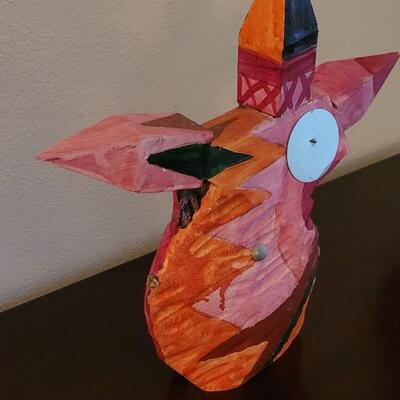
Unsigned piece of Barbara's work 717 / 2223 -
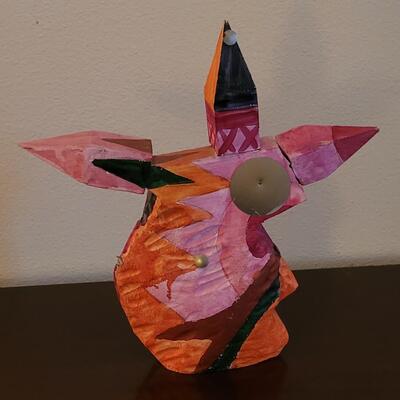
Unsigned piece of Barbara's work 718 / 2223 -
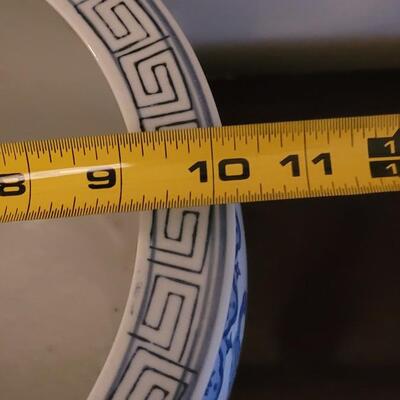
Marked Hong Kong 719 / 2223 sold -
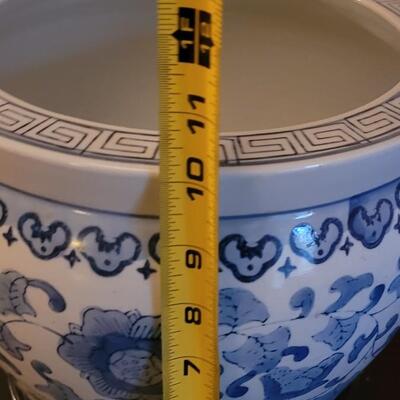
Marked Hong Kong 720 / 2223 sold -
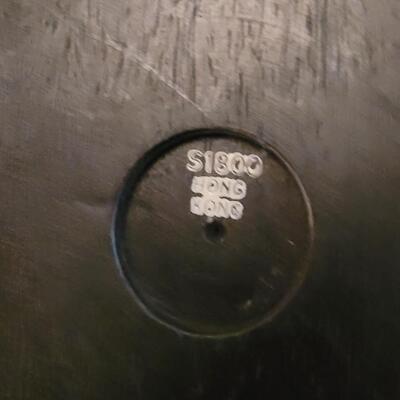
Marked Hong Kong 721 / 2223 sold -
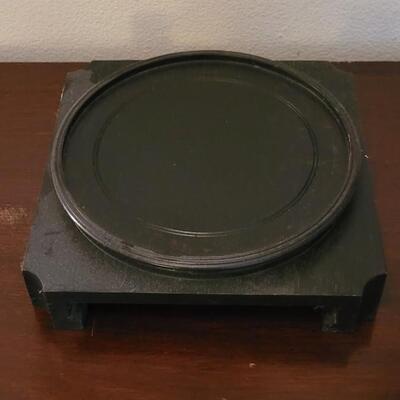
Marked Hong Kong 722 / 2223 sold -
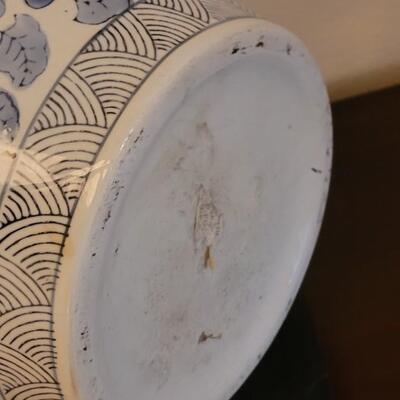
Marked Hong Kong 723 / 2223 sold -
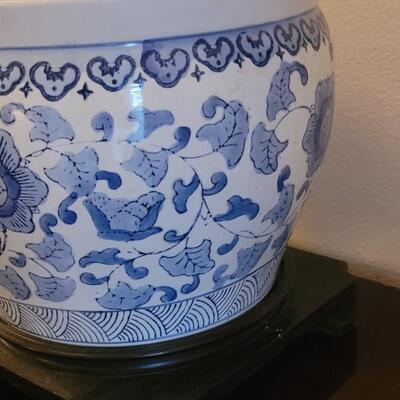
Marked Hong Kong 724 / 2223 sold -
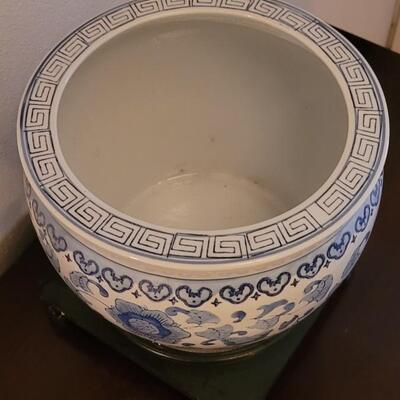
Marked Hong Kong 725 / 2223 sold -
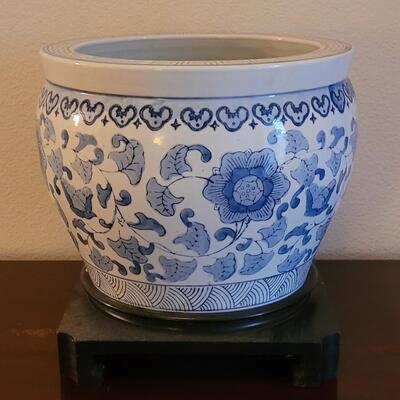
Marked Hong Kong 726 / 2223 sold -
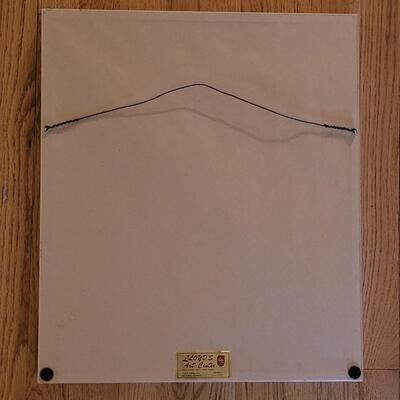
Signed 727 / 2223 -
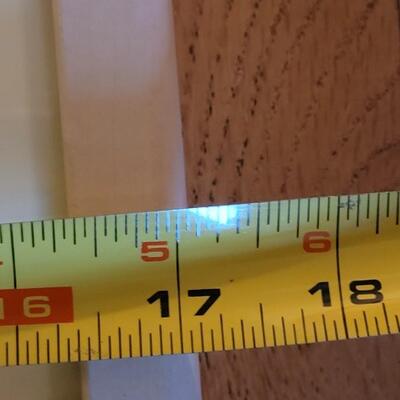
Signed 728 / 2223 -
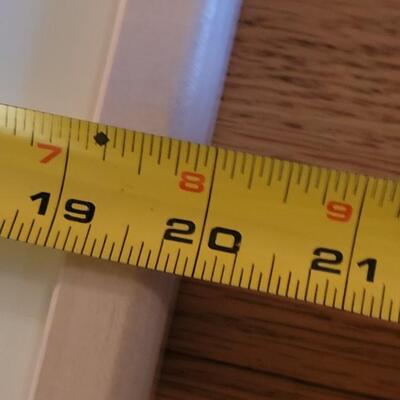
Signed 729 / 2223 -
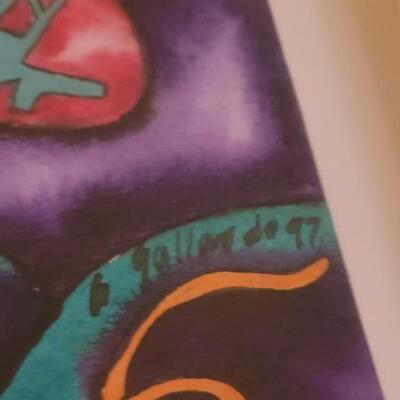
Signed 730 / 2223 -
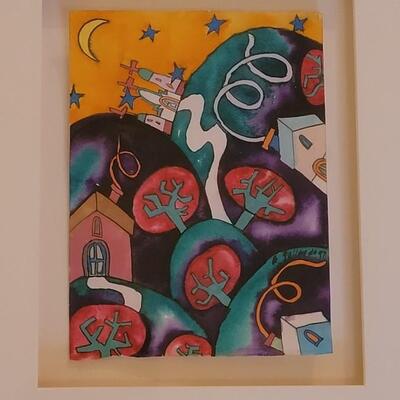
Signed 731 / 2223 -
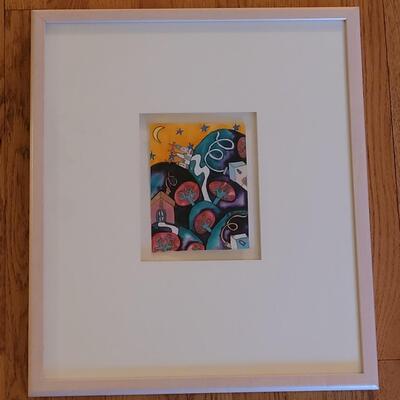
Signed 732 / 2223 -
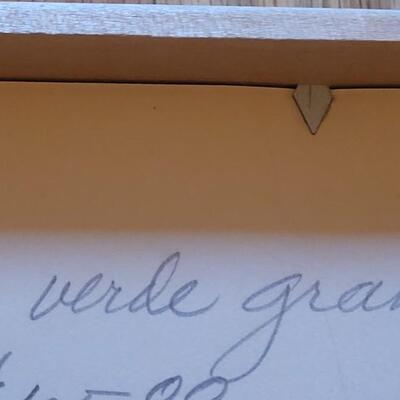
13" × 19" 733 / 2223 -
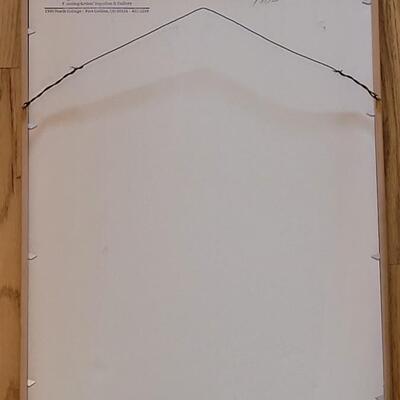
13" × 19" 734 / 2223 -
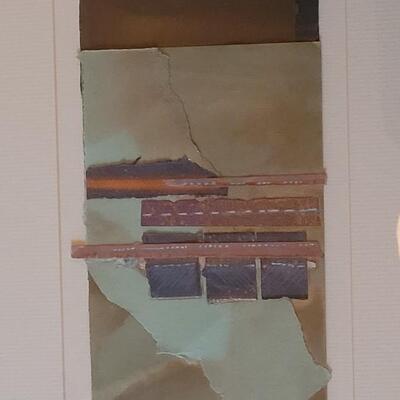
13" × 19" 735 / 2223 -
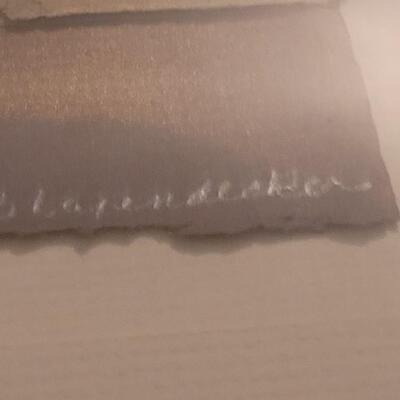
13" × 19" 736 / 2223 -
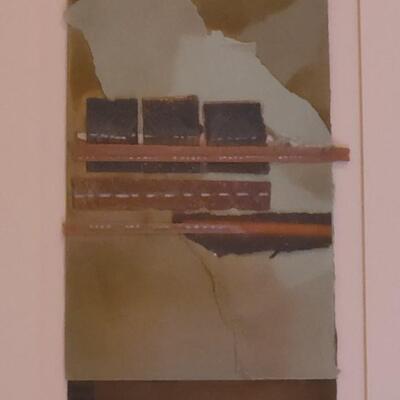
13" × 19" 737 / 2223 -
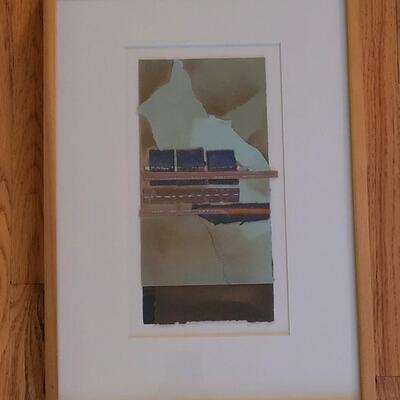
13" × 19" 738 / 2223 -
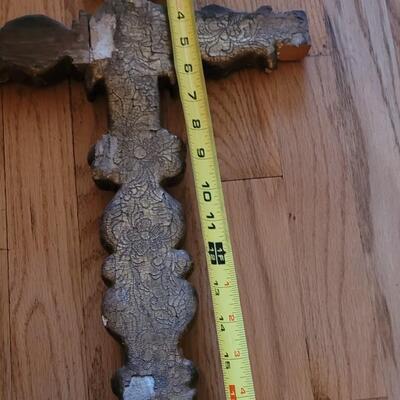
Very delicate. 739 / 2223 sold -
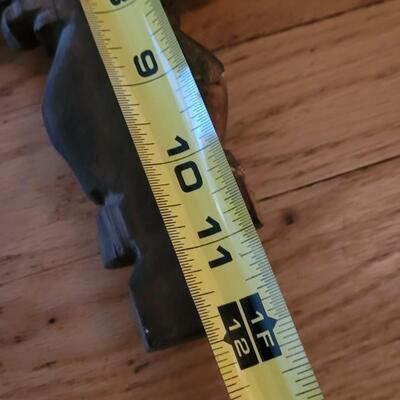
Very delicate. 740 / 2223 sold -
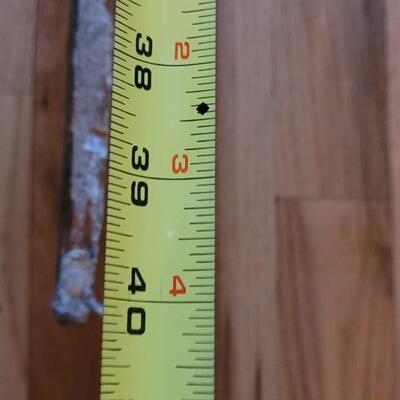
Very delicate. 741 / 2223 sold -
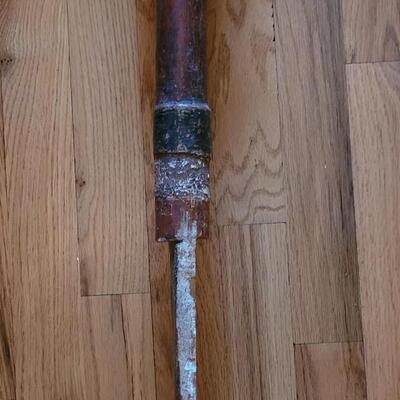
Very delicate. 742 / 2223 sold -
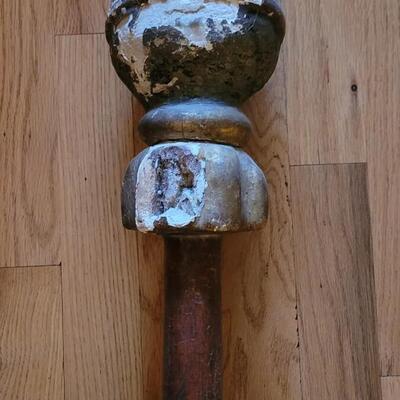
Very delicate. 743 / 2223 sold -
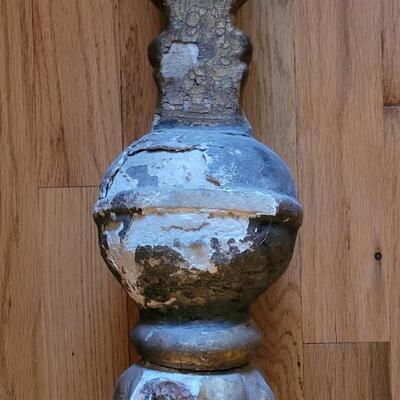
Very delicate. 744 / 2223 sold -

Very delicate. 745 / 2223 sold -
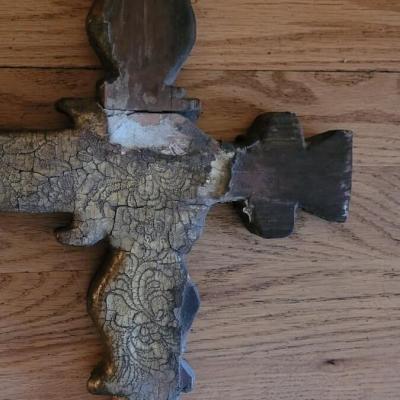
Very delicate. 746 / 2223 sold -
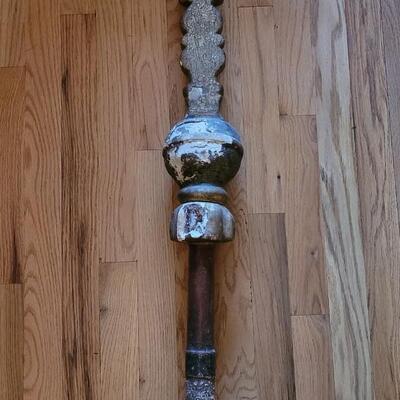
Very delicate. 747 / 2223 sold -
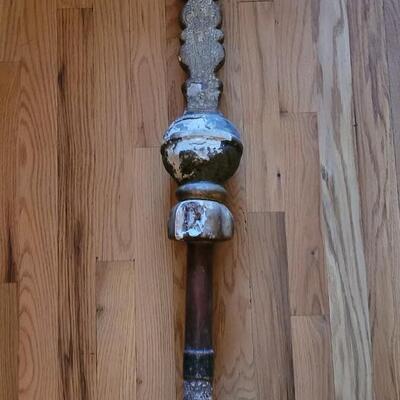
Very delicate. 748 / 2223 sold -
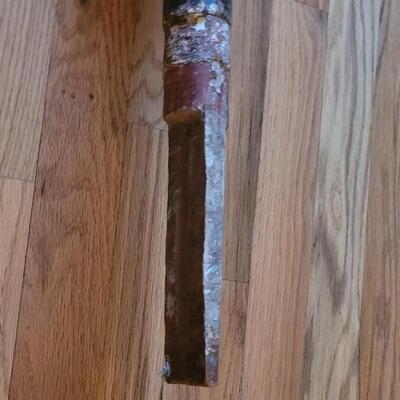
Very delicate. 749 / 2223 sold -
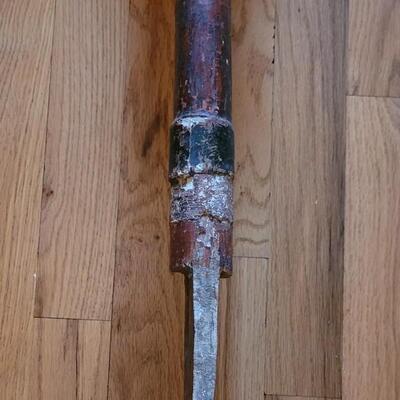
Very delicate. 750 / 2223 sold -
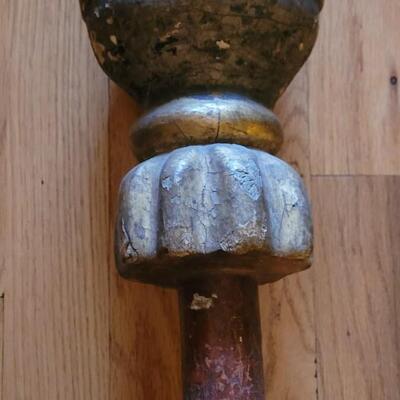
Very delicate. 751 / 2223 sold -
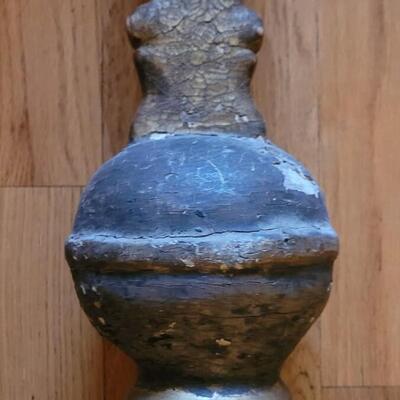
Very delicate. 752 / 2223 sold -
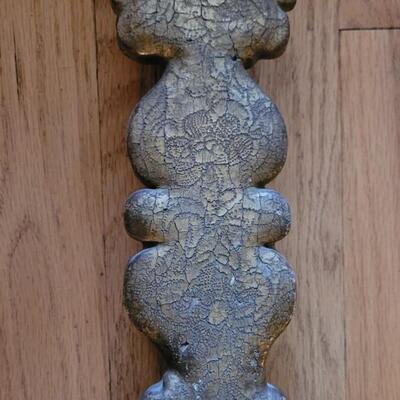
Very delicate. 753 / 2223 sold -
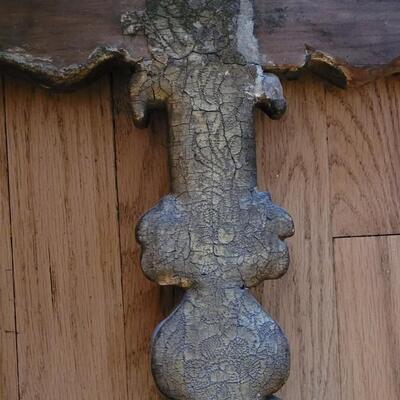
Very delicate. 754 / 2223 sold -
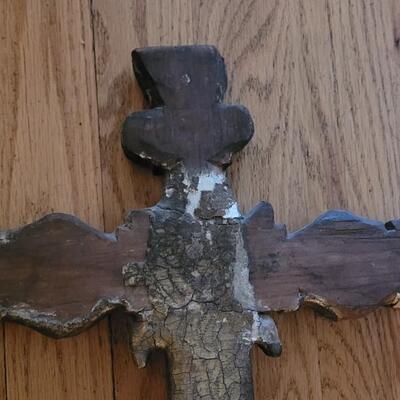
Very delicate. 755 / 2223 sold -
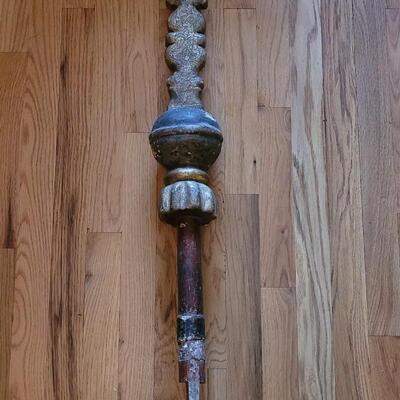
Very delicate. 756 / 2223 sold -
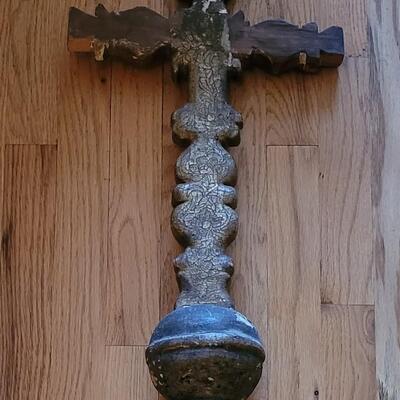
Very delicate. 757 / 2223 sold -
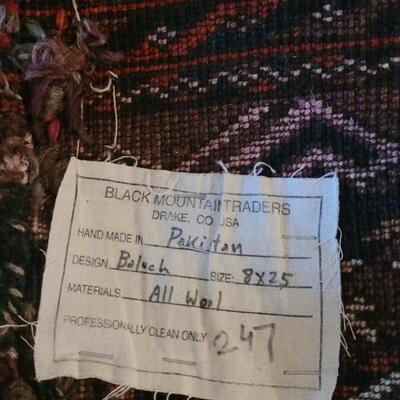
Excerpt: Baluch rugs are also known as Baluchi or Beluchi. These rugs are hand-knotted by the nomads of Baluch. Baluch or Baluchistan is the area between the borders of Iran, Pakistan, and Afghanistan-- this is why Baluch rugs are said to be a mixture of three different regions. They are the kind of rug when sold in every region. Where they're sold, however, gives them their label. If a Baluch is sold in Iran, it's a Persian rug. If a Baluch is sold in Afghanistan, it's known as a Herat product. Despite the mixture of regional influences, it's considered that the Baluch nomads now live in Pakistan while a small fraction lives in some regions of India closer to Pakistan. These rugs were originally made as prayer rugs, area carpets for serving food and sometimes as animal covers or furnishings. 758 / 2223 sold -
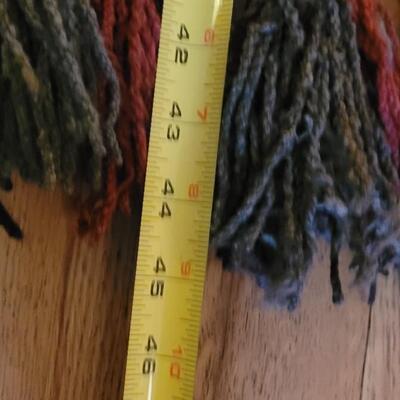
Excerpt: Baluch rugs are also known as Baluchi or Beluchi. These rugs are hand-knotted by the nomads of Baluch. Baluch or Baluchistan is the area between the borders of Iran, Pakistan, and Afghanistan-- this is why Baluch rugs are said to be a mixture of three different regions. They are the kind of rug when sold in every region. Where they're sold, however, gives them their label. If a Baluch is sold in Iran, it's a Persian rug. If a Baluch is sold in Afghanistan, it's known as a Herat product. Despite the mixture of regional influences, it's considered that the Baluch nomads now live in Pakistan while a small fraction lives in some regions of India closer to Pakistan. These rugs were originally made as prayer rugs, area carpets for serving food and sometimes as animal covers or furnishings. 759 / 2223 sold -
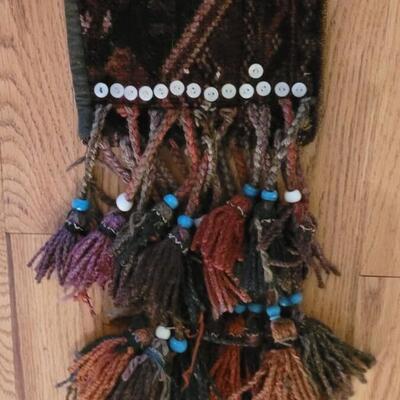
Excerpt: Baluch rugs are also known as Baluchi or Beluchi. These rugs are hand-knotted by the nomads of Baluch. Baluch or Baluchistan is the area between the borders of Iran, Pakistan, and Afghanistan-- this is why Baluch rugs are said to be a mixture of three different regions. They are the kind of rug when sold in every region. Where they're sold, however, gives them their label. If a Baluch is sold in Iran, it's a Persian rug. If a Baluch is sold in Afghanistan, it's known as a Herat product. Despite the mixture of regional influences, it's considered that the Baluch nomads now live in Pakistan while a small fraction lives in some regions of India closer to Pakistan. These rugs were originally made as prayer rugs, area carpets for serving food and sometimes as animal covers or furnishings. 760 / 2223 sold -

Excerpt: Baluch rugs are also known as Baluchi or Beluchi. These rugs are hand-knotted by the nomads of Baluch. Baluch or Baluchistan is the area between the borders of Iran, Pakistan, and Afghanistan-- this is why Baluch rugs are said to be a mixture of three different regions. They are the kind of rug when sold in every region. Where they're sold, however, gives them their label. If a Baluch is sold in Iran, it's a Persian rug. If a Baluch is sold in Afghanistan, it's known as a Herat product. Despite the mixture of regional influences, it's considered that the Baluch nomads now live in Pakistan while a small fraction lives in some regions of India closer to Pakistan. These rugs were originally made as prayer rugs, area carpets for serving food and sometimes as animal covers or furnishings. 761 / 2223 sold -
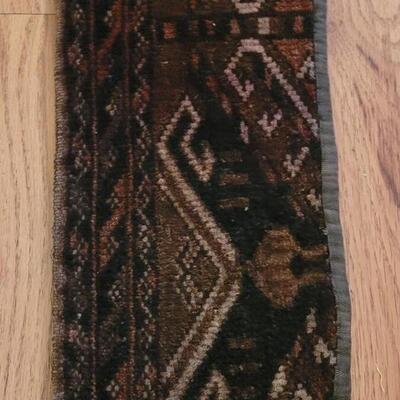
Excerpt: Baluch rugs are also known as Baluchi or Beluchi. These rugs are hand-knotted by the nomads of Baluch. Baluch or Baluchistan is the area between the borders of Iran, Pakistan, and Afghanistan-- this is why Baluch rugs are said to be a mixture of three different regions. They are the kind of rug when sold in every region. Where they're sold, however, gives them their label. If a Baluch is sold in Iran, it's a Persian rug. If a Baluch is sold in Afghanistan, it's known as a Herat product. Despite the mixture of regional influences, it's considered that the Baluch nomads now live in Pakistan while a small fraction lives in some regions of India closer to Pakistan. These rugs were originally made as prayer rugs, area carpets for serving food and sometimes as animal covers or furnishings. 762 / 2223 sold -

Excerpt: Baluch rugs are also known as Baluchi or Beluchi. These rugs are hand-knotted by the nomads of Baluch. Baluch or Baluchistan is the area between the borders of Iran, Pakistan, and Afghanistan-- this is why Baluch rugs are said to be a mixture of three different regions. They are the kind of rug when sold in every region. Where they're sold, however, gives them their label. If a Baluch is sold in Iran, it's a Persian rug. If a Baluch is sold in Afghanistan, it's known as a Herat product. Despite the mixture of regional influences, it's considered that the Baluch nomads now live in Pakistan while a small fraction lives in some regions of India closer to Pakistan. These rugs were originally made as prayer rugs, area carpets for serving food and sometimes as animal covers or furnishings. 763 / 2223 sold -
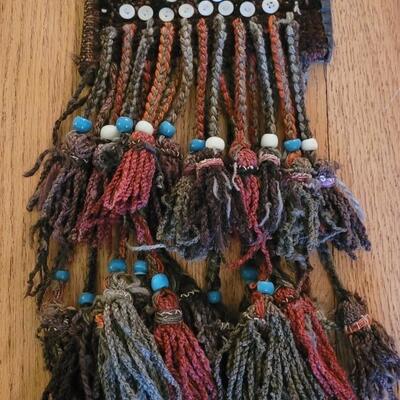
Excerpt: Baluch rugs are also known as Baluchi or Beluchi. These rugs are hand-knotted by the nomads of Baluch. Baluch or Baluchistan is the area between the borders of Iran, Pakistan, and Afghanistan-- this is why Baluch rugs are said to be a mixture of three different regions. They are the kind of rug when sold in every region. Where they're sold, however, gives them their label. If a Baluch is sold in Iran, it's a Persian rug. If a Baluch is sold in Afghanistan, it's known as a Herat product. Despite the mixture of regional influences, it's considered that the Baluch nomads now live in Pakistan while a small fraction lives in some regions of India closer to Pakistan. These rugs were originally made as prayer rugs, area carpets for serving food and sometimes as animal covers or furnishings. 764 / 2223 sold -
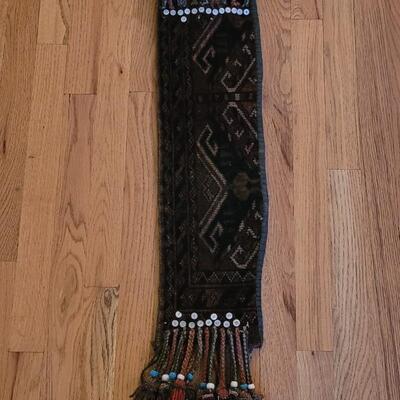
Excerpt: Baluch rugs are also known as Baluchi or Beluchi. These rugs are hand-knotted by the nomads of Baluch. Baluch or Baluchistan is the area between the borders of Iran, Pakistan, and Afghanistan-- this is why Baluch rugs are said to be a mixture of three different regions. They are the kind of rug when sold in every region. Where they're sold, however, gives them their label. If a Baluch is sold in Iran, it's a Persian rug. If a Baluch is sold in Afghanistan, it's known as a Herat product. Despite the mixture of regional influences, it's considered that the Baluch nomads now live in Pakistan while a small fraction lives in some regions of India closer to Pakistan. These rugs were originally made as prayer rugs, area carpets for serving food and sometimes as animal covers or furnishings. 765 / 2223 sold -

Thin soft leather. Excerpt: In Berber-speaking Tuareg society women decorate the leather saddlebags used to carry salt during migrations across the desert. They work the goatskin with impressed, stitched, or excised motifs, and attach tassels and fringe that shake with the camel’s movement for added visual impact. 766 / 2223 -
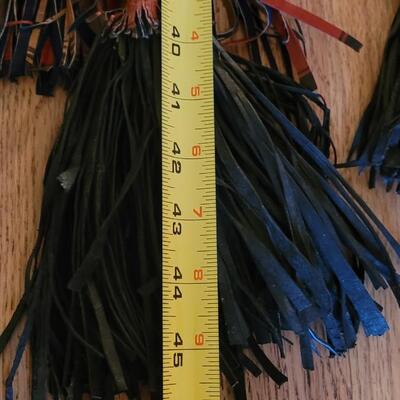
Thin soft leather. Excerpt: In Berber-speaking Tuareg society women decorate the leather saddlebags used to carry salt during migrations across the desert. They work the goatskin with impressed, stitched, or excised motifs, and attach tassels and fringe that shake with the camel’s movement for added visual impact. 767 / 2223 -

Thin soft leather. Excerpt: In Berber-speaking Tuareg society women decorate the leather saddlebags used to carry salt during migrations across the desert. They work the goatskin with impressed, stitched, or excised motifs, and attach tassels and fringe that shake with the camel’s movement for added visual impact. 768 / 2223 -
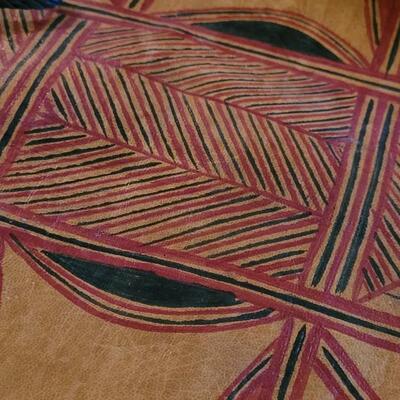
Thin soft leather. Excerpt: In Berber-speaking Tuareg society women decorate the leather saddlebags used to carry salt during migrations across the desert. They work the goatskin with impressed, stitched, or excised motifs, and attach tassels and fringe that shake with the camel’s movement for added visual impact. 769 / 2223 -
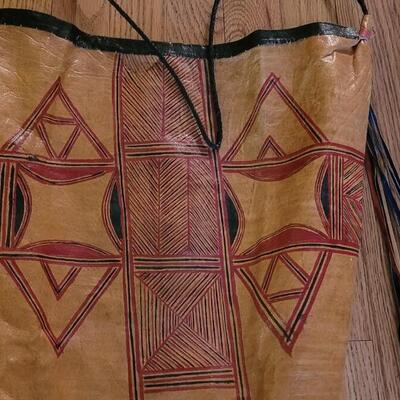
Thin soft leather. Excerpt: In Berber-speaking Tuareg society women decorate the leather saddlebags used to carry salt during migrations across the desert. They work the goatskin with impressed, stitched, or excised motifs, and attach tassels and fringe that shake with the camel’s movement for added visual impact. 770 / 2223 -
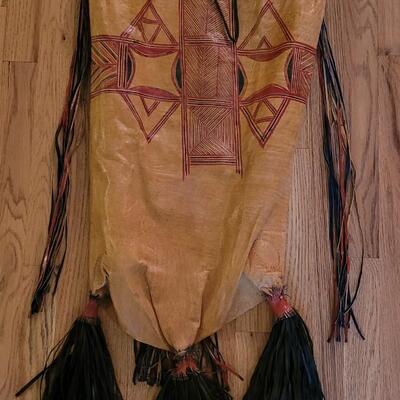
Thin soft leather. Excerpt: In Berber-speaking Tuareg society women decorate the leather saddlebags used to carry salt during migrations across the desert. They work the goatskin with impressed, stitched, or excised motifs, and attach tassels and fringe that shake with the camel’s movement for added visual impact. 771 / 2223 -
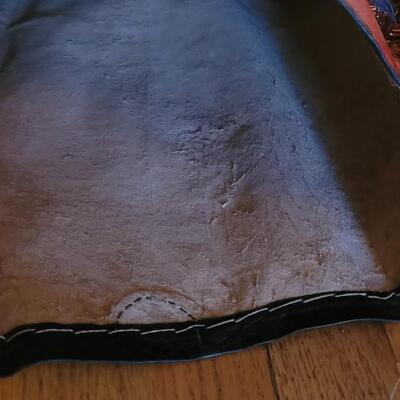
Thin soft leather. Excerpt: In Berber-speaking Tuareg society women decorate the leather saddlebags used to carry salt during migrations across the desert. They work the goatskin with impressed, stitched, or excised motifs, and attach tassels and fringe that shake with the camel’s movement for added visual impact. 772 / 2223 -

Thin soft leather. Excerpt: In Berber-speaking Tuareg society women decorate the leather saddlebags used to carry salt during migrations across the desert. They work the goatskin with impressed, stitched, or excised motifs, and attach tassels and fringe that shake with the camel’s movement for added visual impact. 773 / 2223 -
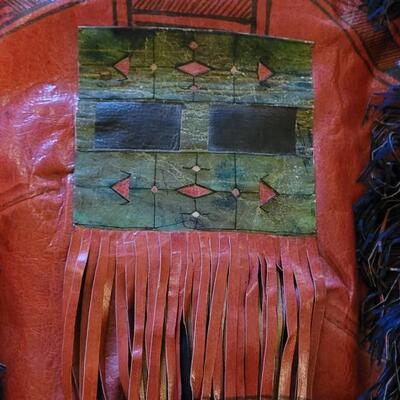
Thin soft leather. Excerpt: In Berber-speaking Tuareg society women decorate the leather saddlebags used to carry salt during migrations across the desert. They work the goatskin with impressed, stitched, or excised motifs, and attach tassels and fringe that shake with the camel’s movement for added visual impact. 774 / 2223 -

Thin soft leather. Excerpt: In Berber-speaking Tuareg society women decorate the leather saddlebags used to carry salt during migrations across the desert. They work the goatskin with impressed, stitched, or excised motifs, and attach tassels and fringe that shake with the camel’s movement for added visual impact. 775 / 2223 -
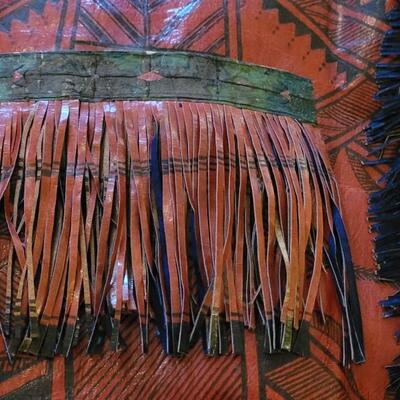
Thin soft leather. Excerpt: In Berber-speaking Tuareg society women decorate the leather saddlebags used to carry salt during migrations across the desert. They work the goatskin with impressed, stitched, or excised motifs, and attach tassels and fringe that shake with the camel’s movement for added visual impact. 776 / 2223 -
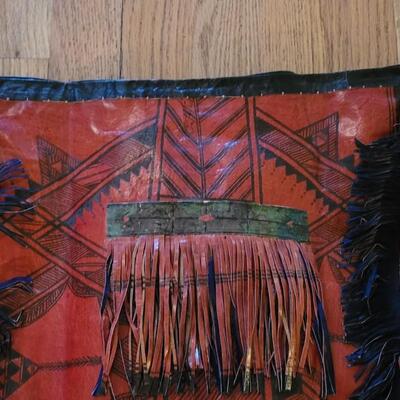
Thin soft leather. Excerpt: In Berber-speaking Tuareg society women decorate the leather saddlebags used to carry salt during migrations across the desert. They work the goatskin with impressed, stitched, or excised motifs, and attach tassels and fringe that shake with the camel’s movement for added visual impact. 777 / 2223 -
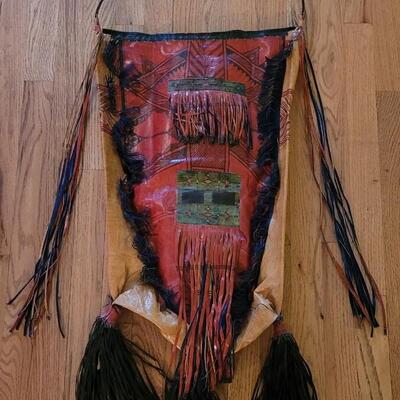
Thin soft leather. Excerpt: In Berber-speaking Tuareg society women decorate the leather saddlebags used to carry salt during migrations across the desert. They work the goatskin with impressed, stitched, or excised motifs, and attach tassels and fringe that shake with the camel’s movement for added visual impact. 778 / 2223 -

Thin soft leather. Excerpt: In Berber-speaking Tuareg society women decorate the leather saddlebags used to carry salt during migrations across the desert. They work the goatskin with impressed, stitched, or excised motifs, and attach tassels and fringe that shake with the camel’s movement for added visual impact. 779 / 2223 -
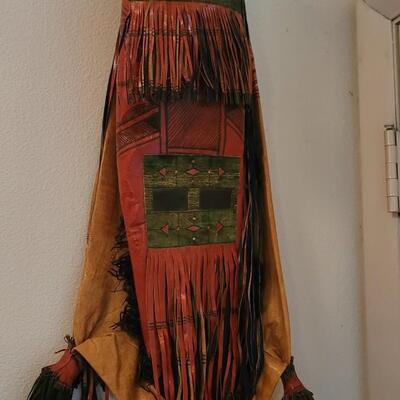
Thin soft leather. Excerpt: In Berber-speaking Tuareg society women decorate the leather saddlebags used to carry salt during migrations across the desert. They work the goatskin with impressed, stitched, or excised motifs, and attach tassels and fringe that shake with the camel’s movement for added visual impact. 780 / 2223 -
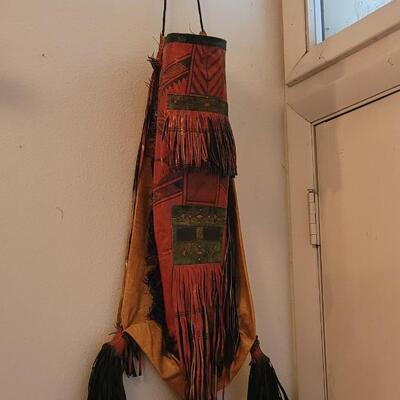
Thin soft leather. Excerpt: In Berber-speaking Tuareg society women decorate the leather saddlebags used to carry salt during migrations across the desert. They work the goatskin with impressed, stitched, or excised motifs, and attach tassels and fringe that shake with the camel’s movement for added visual impact. 781 / 2223 -
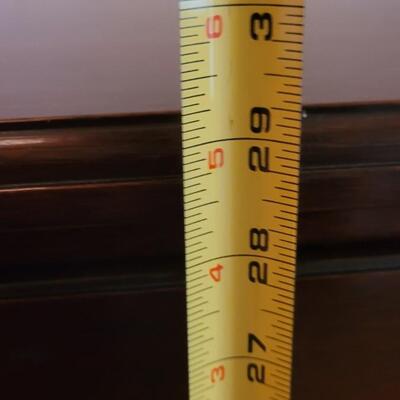
Has some surface scratches. 782 / 2223 sold -
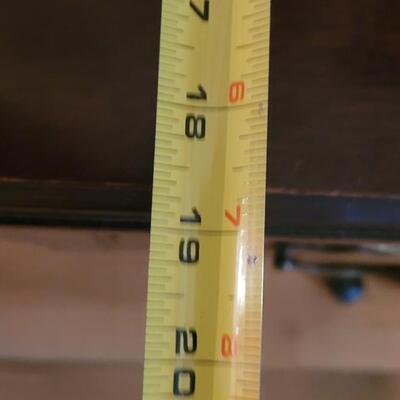
Has some surface scratches. 783 / 2223 sold -
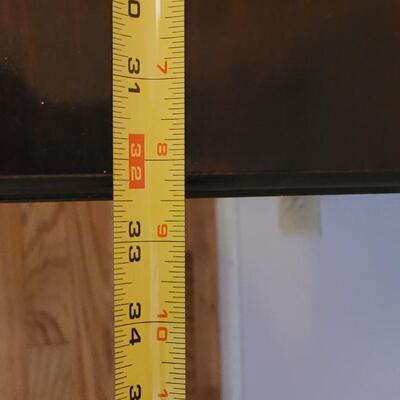
Has some surface scratches. 784 / 2223 sold -
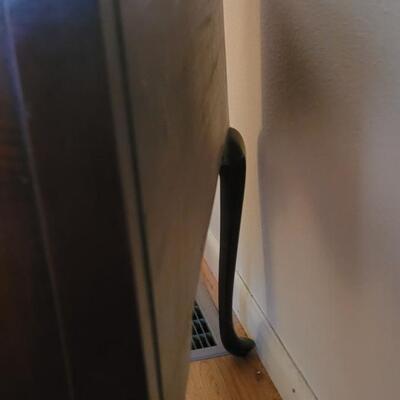
Has some surface scratches. 785 / 2223 sold -
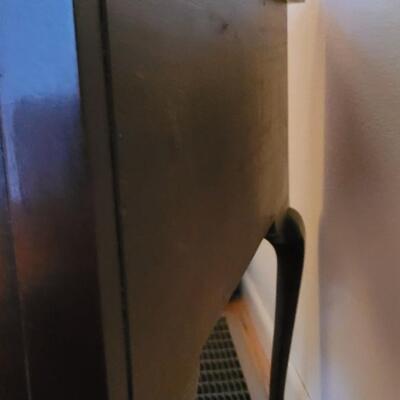
Has some surface scratches. 786 / 2223 sold -
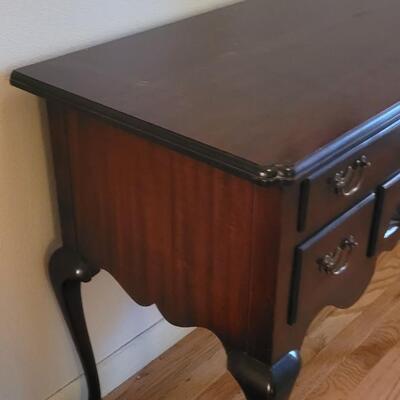
Has some surface scratches. 787 / 2223 sold -
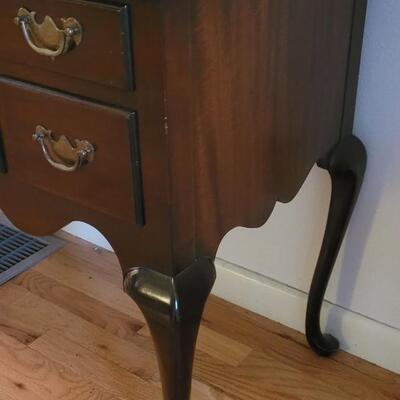
Has some surface scratches. 788 / 2223 sold -
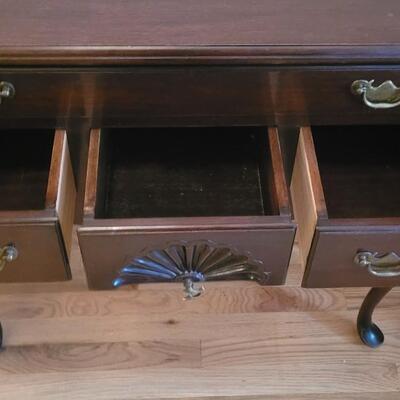
Has some surface scratches. 789 / 2223 sold -
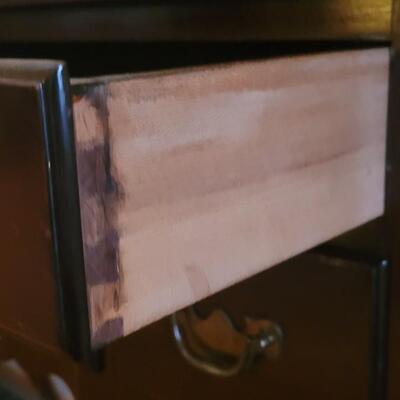
Has some surface scratches. 790 / 2223 sold -

Has some surface scratches. 791 / 2223 sold -
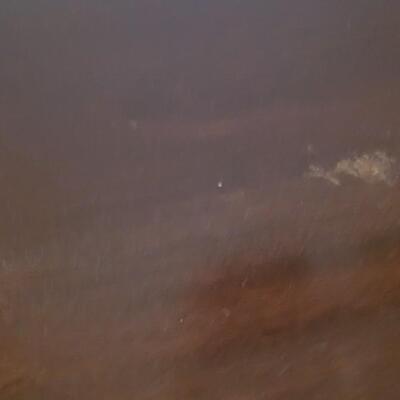
Has some surface scratches. 792 / 2223 sold -
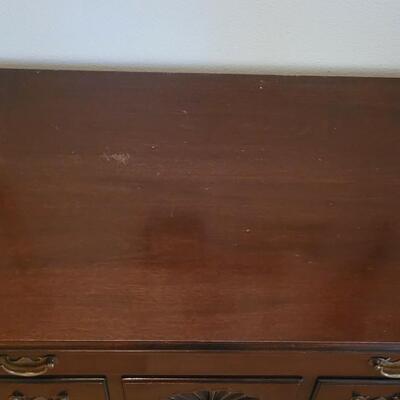
Has some surface scratches. 793 / 2223 sold -
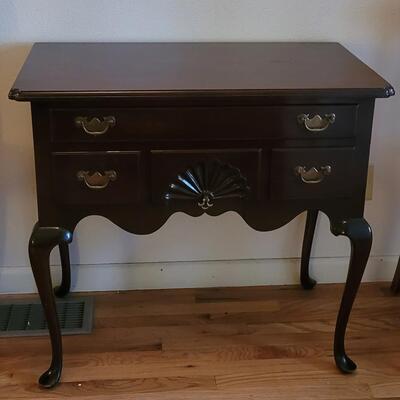
Has some surface scratches. 794 / 2223 sold
Photos 701 - 800 of 2223
Per page:
